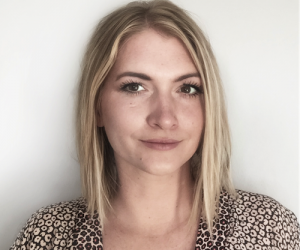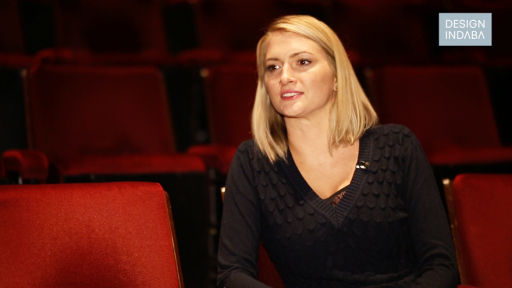Carina Bonse is an art director and social entrepreneur whose final year graduation project at the Red & Yellow School looked at creating awareness around the amount of raw human waste that ends up in oceans around Cape Town. Taking to the Design Indaba Conference 2017 stage, Bonse presented Swimming In It – an ongoing investigative project that looked at how to help residents act on the problem.
“We found articles and research done on the matter, but no action had taken place. This was a local problem that had no organisation behind it".
She and her colleagues collected data regarding the sewage systems that continuously discharge sewage runoff directly into the sea and designed an informative campaign around it.
Bonse quickly made the startling discovery that approximately 55 million litres of the city’s excrement is pumped into the ocean (not far from popular beaches such as Hout Bay and Camps Bay) each day. These pipelines were connected years ago in hopes that vast sea swells and water currents would carry the pollution far from where it could harm anyone.
The designer presented a series of aerial photos taken of Cape Town’s coasts and chillingly pointed out that what might seem to be a shimmery azure sandbank amidst the deep blue is in actual fact a deposit of sewage assimilating into the seawater.
“They thought we’d never have to see it again. But we live in a city where these conditions do not play along, so on certain days it just comes right back at us,” she explained.
Bonse and her team identified that E.coli plays a chief role in the danger of swimming in this kind of contaminated water. Though operations are in place to test the cleanliness of ocean water around the areas that people swim and play, Bonse found that these test are conducted infrequently and any resulting warnings to the public were ineffective.
Pumping sewage into seawater puts citizens at risk of contracting illnesses including hepatitis, skin, ear and respiratory infections, e-coli and diarrhea. Often when beach-goers and surfers become sick a day or two after frolicking in the water, their illness would be misdiagnosed as food poisoning.
Following a number of interviews with people at different local beaches, Bonse concluded that most people either had no idea about the hazardous sewage outflow or were aware of it and did not know what to do about it.
Thus Bonse created this awareness campaign, at the center of which is an educational video and a special responsive armband that can detect levels of E.coli. Moreover, Bonse demonstrates a number of preventative measures that could stop the diseases from reaching the public in the first place, including domestic greywater systems and offshore buoys that change colour when high levels of pollution are detected.









